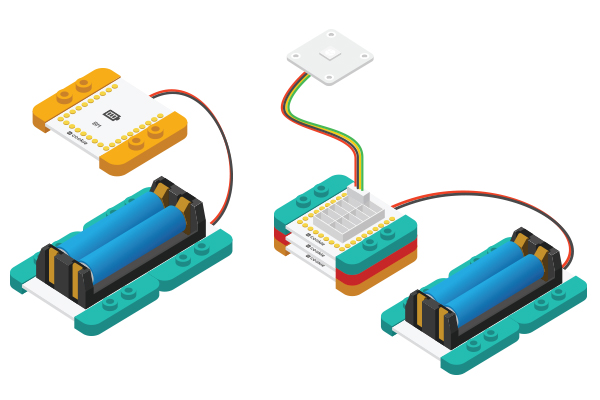Rhythm Lamp
1304410487@qq.com(讨论 | 贡献)2015年9月28日 (一) 09:29的版本
| Language | English |
|---|
目录ObjectiveSpeak toward MIC, the lamp will change along with the sound rhythm. principle
MIC sensor can turn sound signal to electricity signal. It can detect sound volume but can't detect certain sound.
Detect sound volume via MIC sensor and the system will judge which color range the sound belongs to. At the same, comparing with the pre-set trigger value and choosing to open or close light change, therefore, to control color change of the lamp. 文件:Mic sch.jpg 600px Equipment
Preparation
Program Description
int v=analogRead(A0);
Serial.println(v);
if(millis()-timer[0]>100)
{
timer[0]=millis();
if(v>zone_vol[0])
zone=0;//Red
else if(v>zone_vol[1])
zone=1;//Green
else if(v>zone_vol[2])
zone=2;//Blue
else
zone=9;
}
switch(zone)
{
case 0:
if(color!=0)
vol[0]=map(v,0,1023,0,255);//Red
else
vol[0]=10;
break;
case 1:
if(color!=1)
vol[1]=map(v,0,1023,0,255);//Green
else
vol[1]=10;
break;
case 2:
if(color!=2)
vol[2]=map(v,0,1023,0,255);//Blue
else
vol[2]=10;
break;
}
// Some example procedures showing how to display to the pixels:
colorWipe(strip.Color(vol[0],vol[1], vol[2]), 20);
Hardware Buildup
ResultSpeak towards MIC and you'll find different effect. Video |
